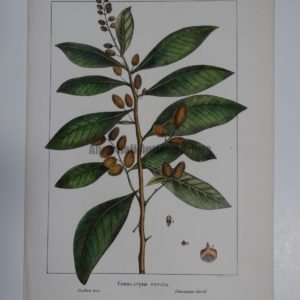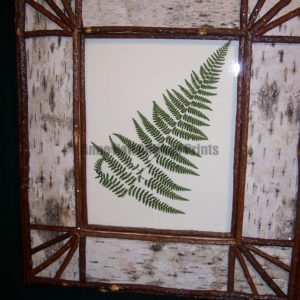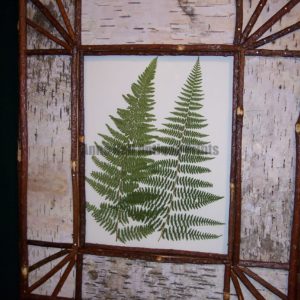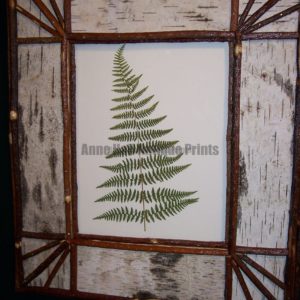Ferns-Trees
Old lithographs watercolor engravings of ferns- trees & palms.
Our 18th and 19th century antiques are over 100 years old. The bookplates are sourced from antique books and publications. Palms, North American trees and ferns from all over the we documented throughout the centuries. We have many artists work. From Lowe ferns-trees by Micheaux and palms by Van Houtteano & Wilhelm. Plus you have access to additional options.
18th-19th Century Publishing
Tradesmen in the old days, had life long careers. This was true throughout history of working trades, until the turn of the 20th Century. Journeymen and Apprentices severed their “employers” for several years, up to 7 and 10 years, for a pittance of room and board at best. To become a tradesman, apprenticeships were required by law. This was the only way that could go on to open your own shop or to work as a professional engraver, colorist or printer, themselves. Debtor’s prison was an unfortunate place to end up for those individuals that tried to fast track the system.
The Laborious Craft of Eighteenth Century Print Making: Ferns-Trees-Palms
A laborious craft for everyone involved in documenting and publishing centuries ago. First one had to find and identify the species. Second the illustrations had to be meticulously drawn, with the best accuracy. The image would be transferred onto a copper plate and engraved with burins. The paper was hard to acquire, and the engraver would have to re engrave another plate after just 300 strikes. The water colorists would die at young ages, due to licking tips of their paint brushes. Yet these old prints still exist in super fine condition and exemplary condition. That is mostly due to the quality of the rag paper. Paper was made of rag right up through the turn of the 20th Century. Coming from linen, flax, etc, NOT TREES, there was no acid in the paper. Very expensive to acquire, inconsistent, etc. TODAY Paper is made from trees, and was during the 20th Century, is highly acidic and does not last for long.
The history of printing is a fascinating subject.
The history of printing is a fascinating subject. People had life long trades of professional crafts during the 17th, 18th, and even during the 19th Centuries. Paper making, hand made rag papers, wove rag papers, all employed prior to making paper from trees as we do today. Antique printing methods include copper plate engraving, steel plate engraving, wood engravings. Lithographs and chromolithographs. Illumination by Hand Coloring, using water colors, and printing in colors by limestone plates. That doesn’t even take into account obtaining or creating the illustrations, producing the documentation and text…
Original Antique Ferns-Trees Lithographs
Lithographs were in one color. Watercolor could be added to them. Or antique lithographs were printed in colors. Some had watercolor finishing. Chromolithography is an obsolete craft whereas each and every color seen was printed from an individual key stoned limestone plate. Each and every color was applied within individual lime stone plate. A certain kind of lime stone from a particular part of Germany. It had the correct porosity to make a lithograph. Each plate was prepared in a special process for each and every color that was applied. It took a tremendous amount of talent, and craftsmanship. Superior registration by the lithographer was imperative for the final artwork rendering to be realistic.
Showing all 78 results
-
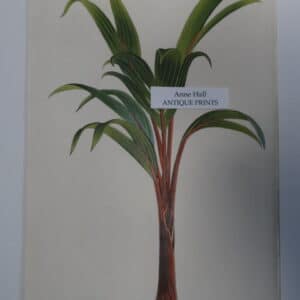
Palms Hyophorbe Amaricaulis
$175.00 Add to cart -
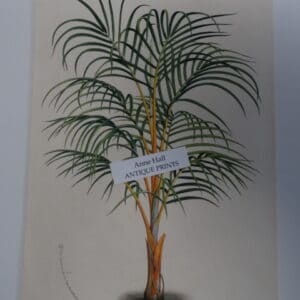
Palms Areca Aurea
$175.00 Add to cart -
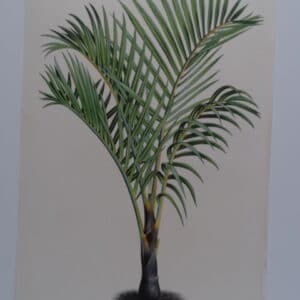
Hyophorbe Verschaffelti or Palmiste Marron
$175.00 Add to cart -
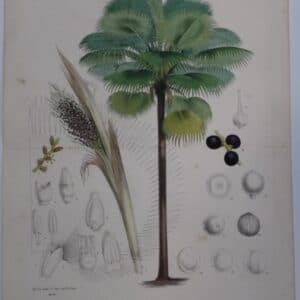
Palm Trees Pritchardia Pacifica or Fiji Fan
$175.00 Add to cart -
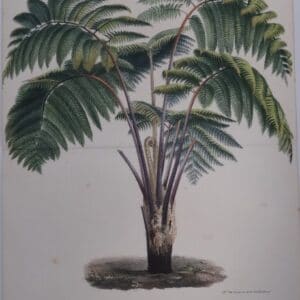
Palms Alsophila Glauca
$200.00 Add to cart -
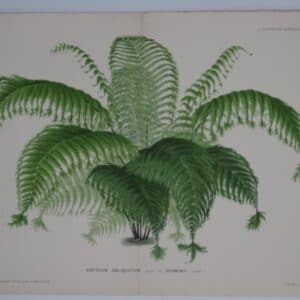
Palms Aspidium Obliquatum is a medicinal fern used throughout history.
$175.00 Add to cart -
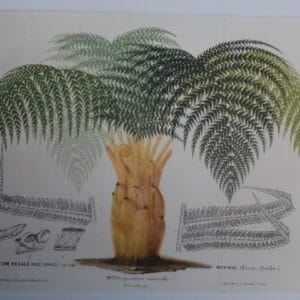
Palm Trees Cibotium Regale
$250.00 Add to cart -
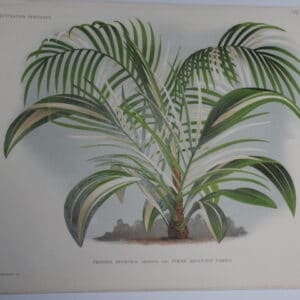
Palm Trees Phoenix Rupicola or Cliff Date Palm
$200.00 Add to cart -
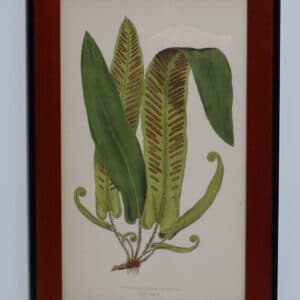
Framed Antique Fern Lithograph12
$85.00 Add to cart -
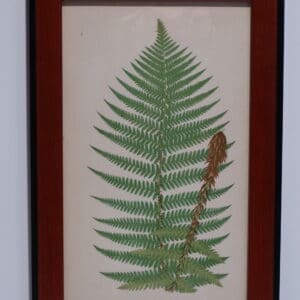
Framed Antique Fern Lithograph11
$85.00 Add to cart -
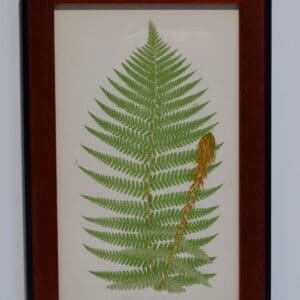
Framed Antique Fern Lithograph10
$85.00 Add to cart -
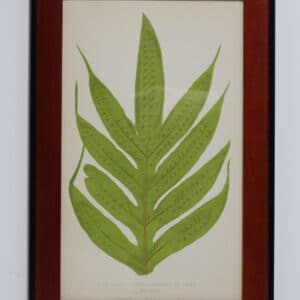
Framed Antique Fern Lithograph9
$85.00 Add to cart -
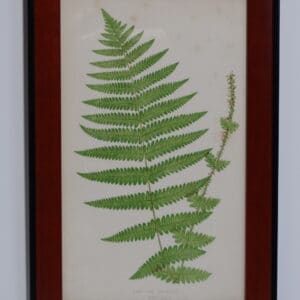
Framed Antique Fern Lithograph8
$85.00 Add to cart -
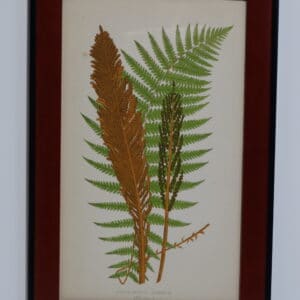
Framed Antique Fern Lithograph7
$85.00 Add to cart -
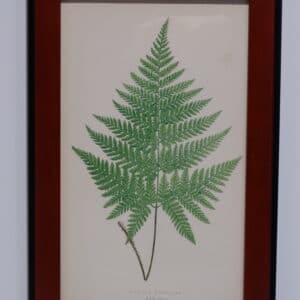
Framed Antique Fern Lithograph6
$85.00 Add to cart -
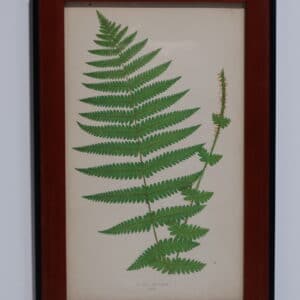
Framed Antique Fern Lithograph5
$85.00 Add to cart -
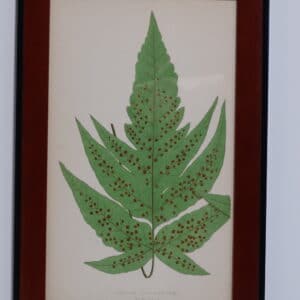
Framed Antique Fern Lithograph4
$85.00 Add to cart -
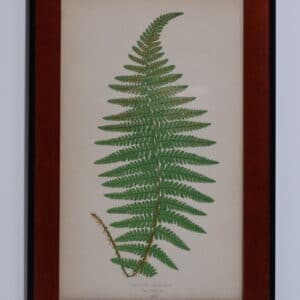
Framed Antique Fern Lithograph3
$85.00 Add to cart -
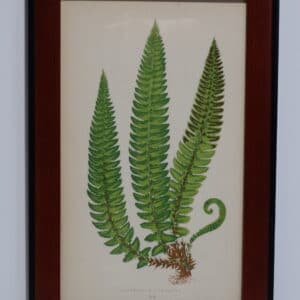
Framed Antique Fern Lithograph2
$85.00 Add to cart -
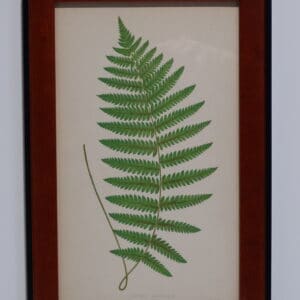
Framed Antique Fern Lithograph1
$85.00 Add to cart -
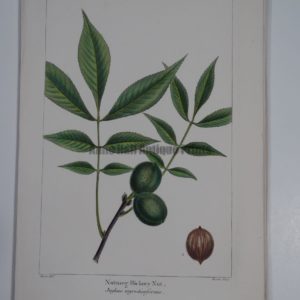
Nutmeg Hickory Nut
$45.00 Add to cart -
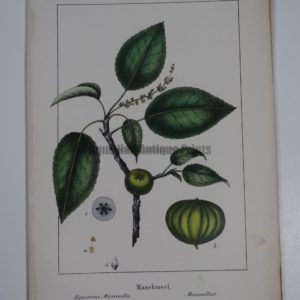
Manchineel
$45.00 Add to cart -
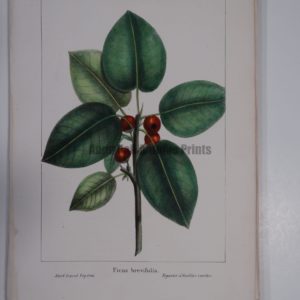
Ficus Brevifolia
$45.00 Add to cart -
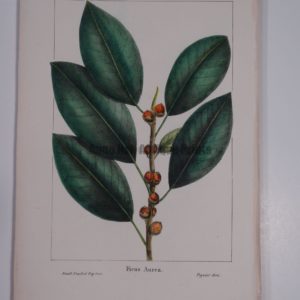
Ficus Aurea
$45.00 Add to cart -
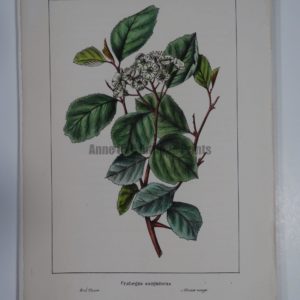
Crataegus Sanguineus
$45.00 Add to cart -
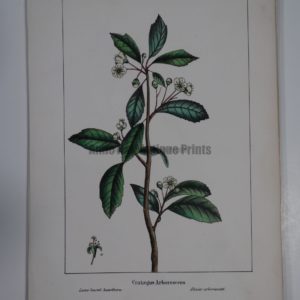
Crataegus Arborescens
$45.00 Add to cart -
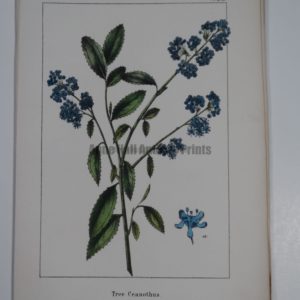
Tree Ceanothus
$45.00 Add to cart -
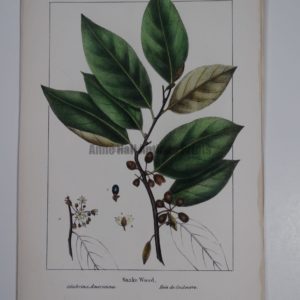
Snake Wood
$45.00 Add to cart -
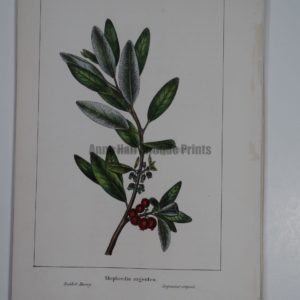
Shepherdia Argentea
$45.00 Add to cart -
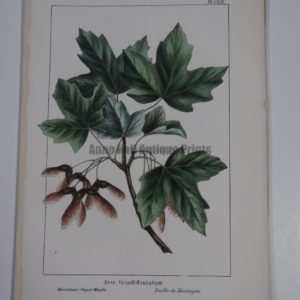
Rhus Metopium
$45.00 Add to cart -
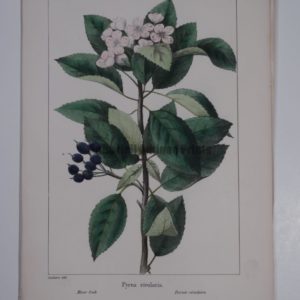
Pyrus Rivularis
$45.00 Add to cart -
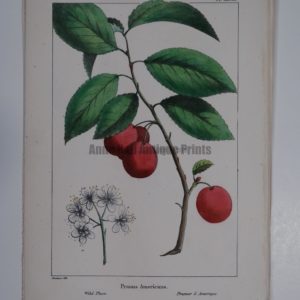
Prunus Americana
$45.00 Add to cart -
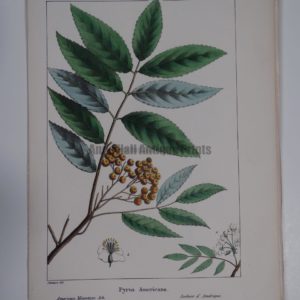
Pyrus Americana
$45.00 Add to cart -
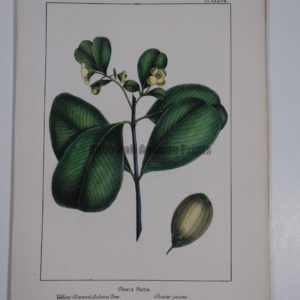
Clusia Flava
$45.00 Add to cart -

Cerasus Mollis
$45.00 Add to cart -
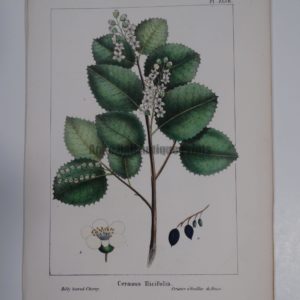
Cerasus Hicifolia
$45.00 Add to cart -
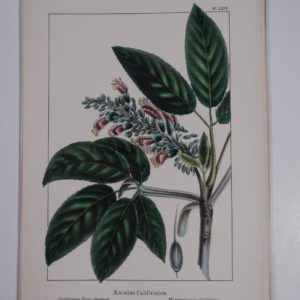
Aesculus Californica
$45.00 Add to cart -
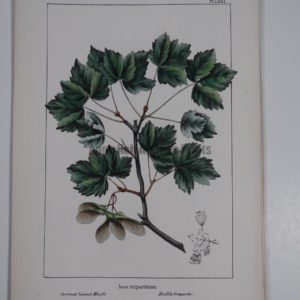
Acer Tripartitum
$45.00 Add to cart -

Acer Grandidentatum or Mountain Sugar Maple
$45.00 Add to cart -
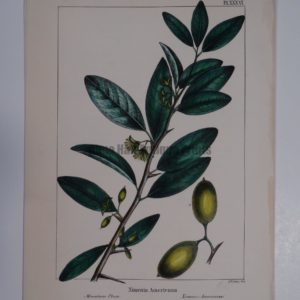
Ximenia Americana or Mountain Plum
$45.00 Add to cart -
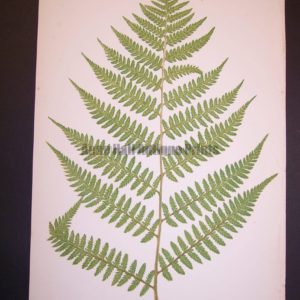
Asplenium XXXVII
$40.00 Add to cart -
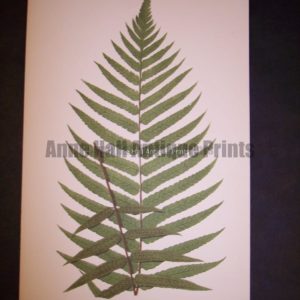
Diplazium XLIX
$30.00 Add to cart -
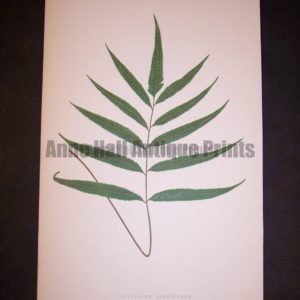
Polypodium XL
$40.00 Add to cart -
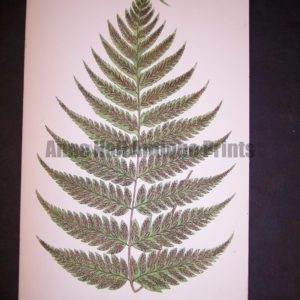
Diplazium XLVII
$40.00 Add to cart -
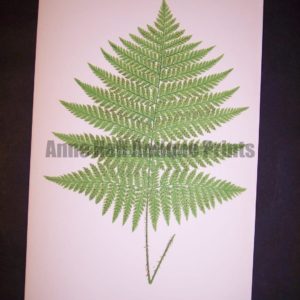
Aspidium XXXIII
$40.00 Add to cart -
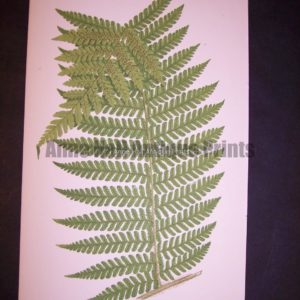
Polypodium LII
$40.00 Add to cart -
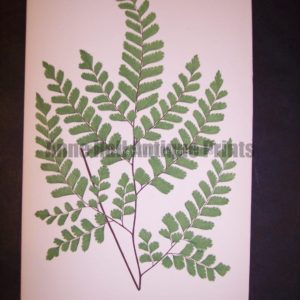
Adiantum XII
$40.00 Add to cart -
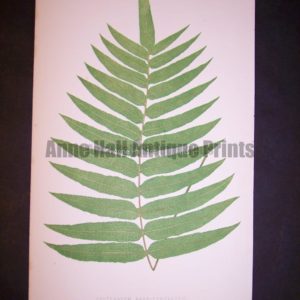
Polypodium XXXVI
$40.00 Add to cart -
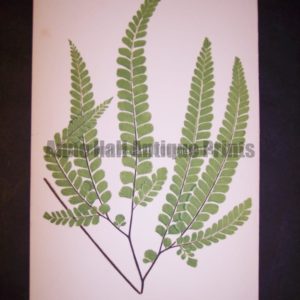
Adiantum XIX
$40.00 Add to cart -
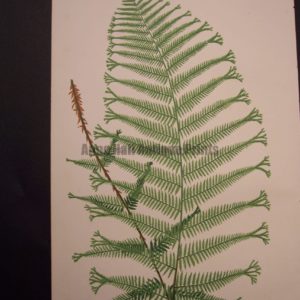
Athyrium XXXVI
$40.00 Add to cart -
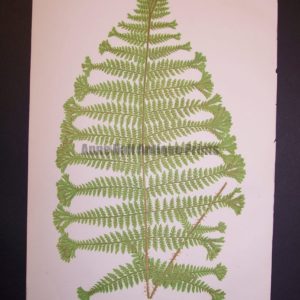
Athyrium XXXVII
$40.00 Add to cart -
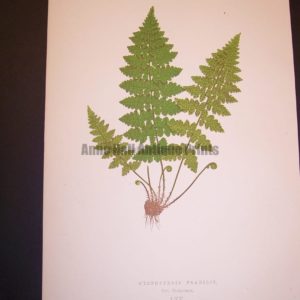
Cystopteris LXV
$40.00 Add to cart -
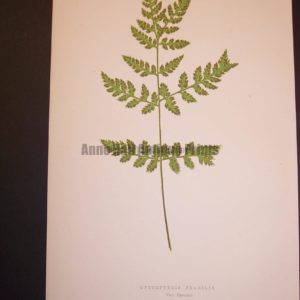
Cystopteris LXVI
$40.00 Add to cart -
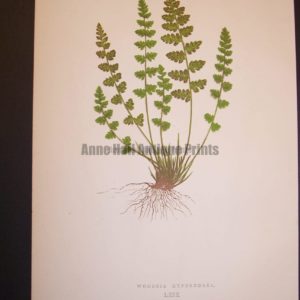
Woodsia LXIX
$40.00 Add to cart -
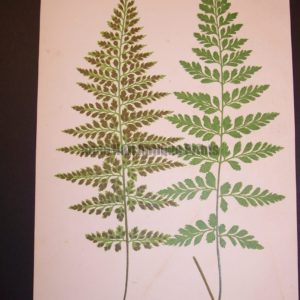
Asplenium XL
$40.00 Add to cart -
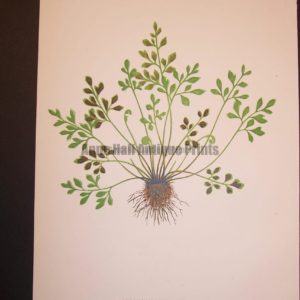
Asplenium XLVIII
$40.00 Add to cart -
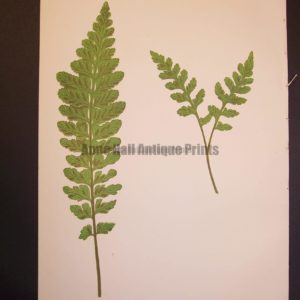
Asplenium XLV
$40.00 Add to cart -
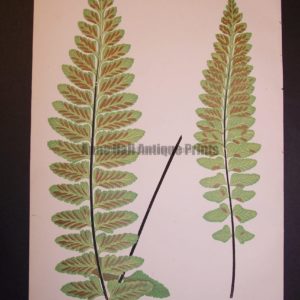
Asplenium XLIV
$40.00 Add to cart -
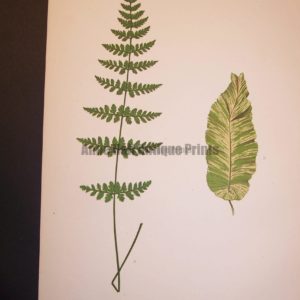
Cystopteris LXIV
$40.00 Add to cart -
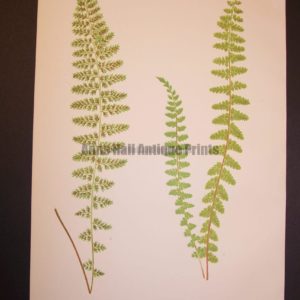
Asplenium XLII
$40.00 Add to cart -
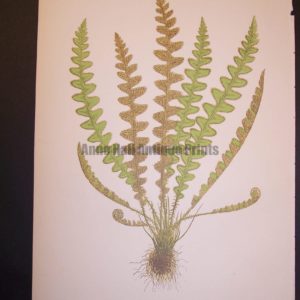
Ceterach LVII
$40.00 Add to cart -
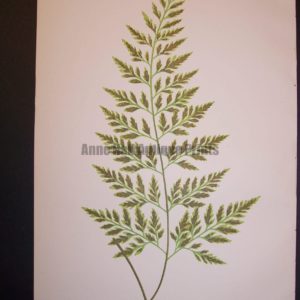
Asplenium LXIII
$40.00 Add to cart -
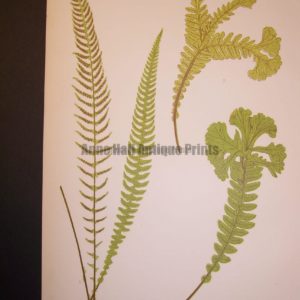
Blechnum LIX
$40.00 Add to cart -
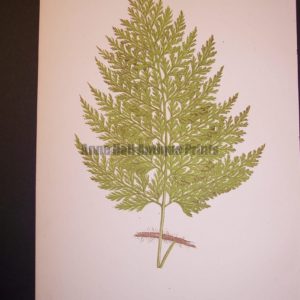
Trichomanes LXXI
$40.00 Add to cart -
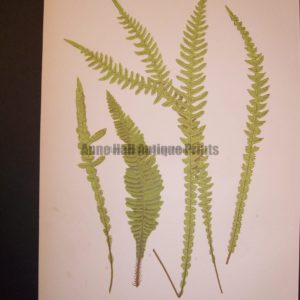
Blechnum LX
$40.00 Add to cart -
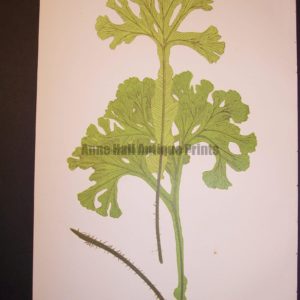
Scolopendrium LI
$40.00 Add to cart -
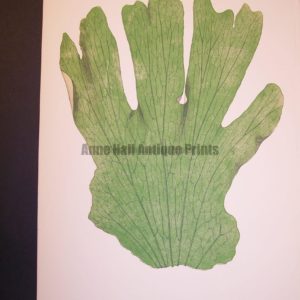
Platycerium LXIV
$40.00 Add to cart -

Scolopendrium L
$40.00 Add to cart -
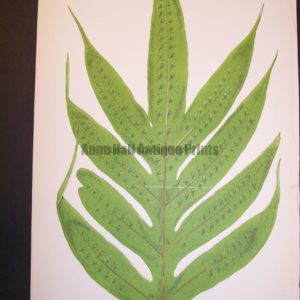
Polypodium LIX
$40.00 Add to cart -
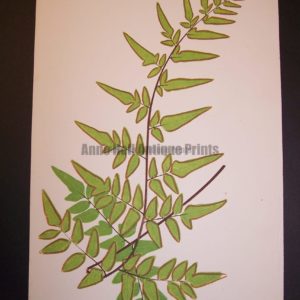
Platyloma XXXII
$40.00 Add to cart -
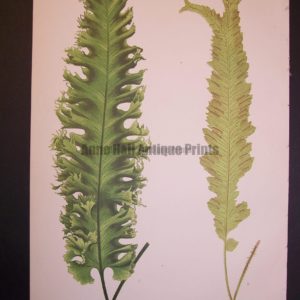
Scolopendrium LIV
$30.00 Add to cart -
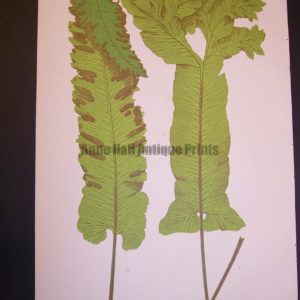
Scolopendrium LIII
$30.00 Add to cart -
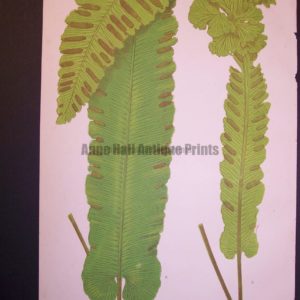
Scolopendrium LVI
$30.00 Add to cart

